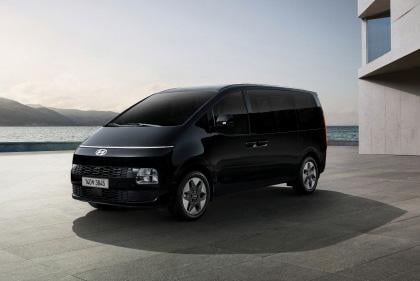

Damion Smy
2026 Hyundai Staria update launched in Korea, due in Australia next year
2 Hours Ago
Guest User
My dashboardCars sold in Europe must have a system that tells the driver if they're speeding. Some can even slow the vehicle on their own.

Senior Contributor
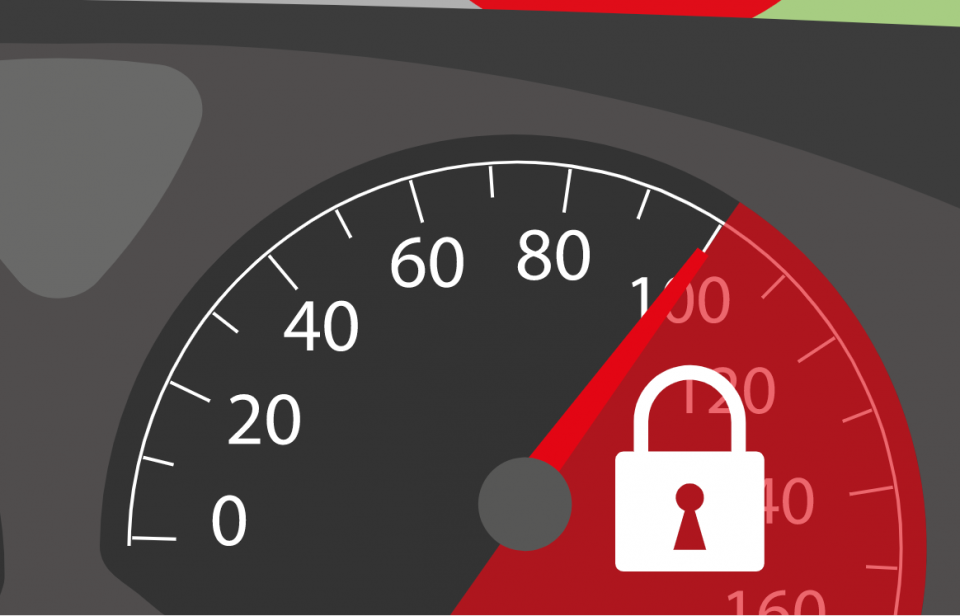

Senior Contributor
All newly introduced cars sold in Europe must come with some form of intelligent speed assistance from this month, as per a binding General Vehicle Safety Regulation (EU).
Intelligent speed assistance (ISA) uses camera and map data to take note of the speed limit, and either prompts the driver to obey, or directly slows the vehicle of its own accord.
ISA is part of the ‘second wave’ of active safety measures – using technology such as onboard sensors, radar, cameras, GPS and lasers – now fitted to passenger cars.
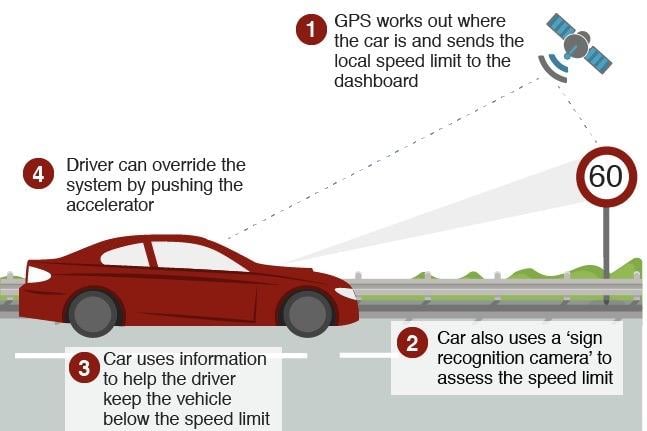
It’s billed as an unprecedented move, one that “has the potential to dramatically reduce road traffic injuries and fatalities”.
ISAs are defined as “a system to aid the driver in maintaining the appropriate speed for the road environment by providing dedicated and appropriate feedback”.
Four broad varieties of ISA are permitted, and car makers are expected to opt for a grab-bag.
A fitted system can warn the driver that they’re over the limit with cascading acoustic or vibrating warnings “which have to be as short as possible in duration to avoid potential annoyance of the driver”; by haptic accelerator pedal feedback; or via an automated speed-reducer.
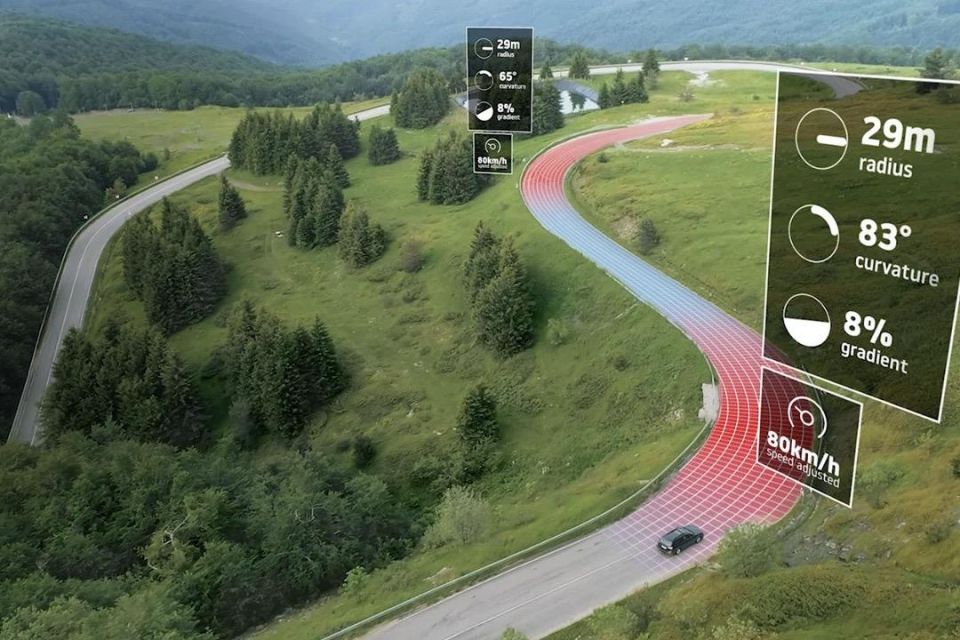
Importantly, the EU says all must keep the driver in control, meaning they must be easily over-ridden through human intervention at any time – even in the case of the lattermost automated function that slows the car of its own accord.
That said, this quite obviously creates a precedent for remote limitation of vehicle speeds through geofencing – once the vehicle-to-infrastructure systems are more honed.
The rationale isn’t merely safety but also the reduction of emissions, causing one to speculate on the long-term future of unlimited-speed autobahns…
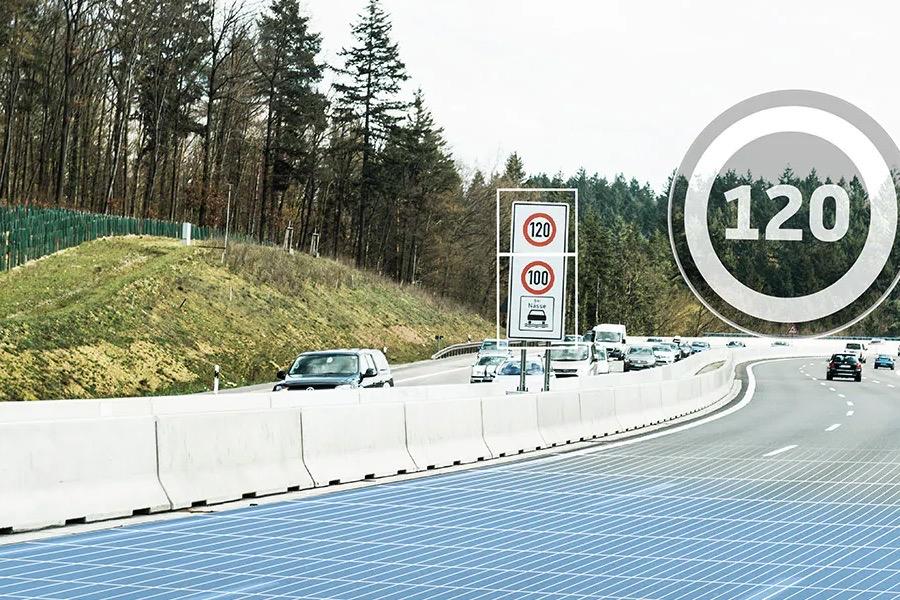
While the system becomes mandatory in the EU for newly introduced cars from this month, all new cars regardless of when they first launched in that region will need them by July 2024.
There’ll be no expectation of a retro-fitting program, with existing cars not requiring the technology.
There’s no Australian Design Rule update along these lines at this stage, but the policy of continually ratcheting up safety requirements suggests they’ll eventually be required.
Given all cars sold here are imports, the technology will inevitably become more common.
To learn more, this EU explainer page is quite interesting.


Damion Smy
2 Hours Ago
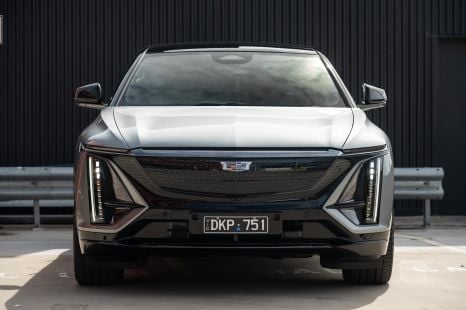

William Stopford
6 Hours Ago
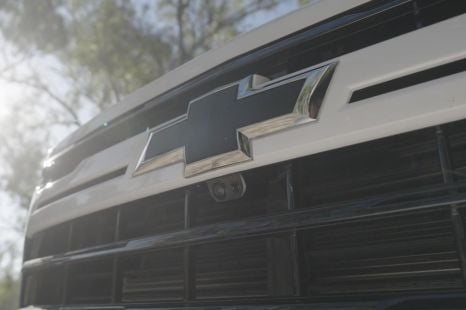

Ben Zachariah
6 Hours Ago

Damion Smy
7 Hours Ago
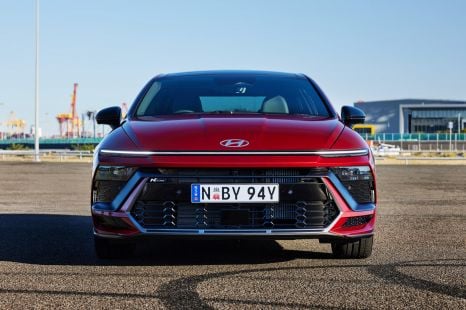

William Stopford
7 Hours Ago
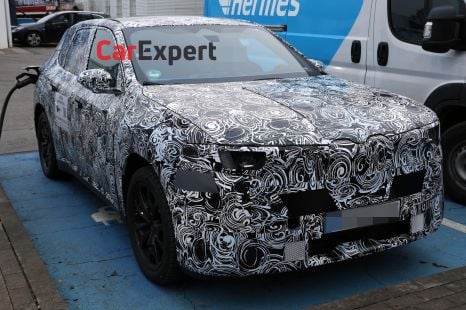

Derek Fung
10 Hours Ago